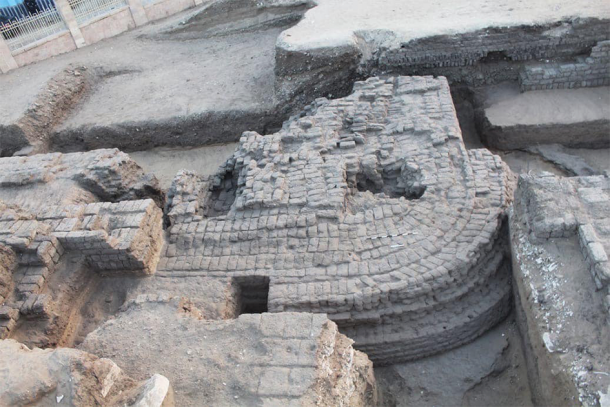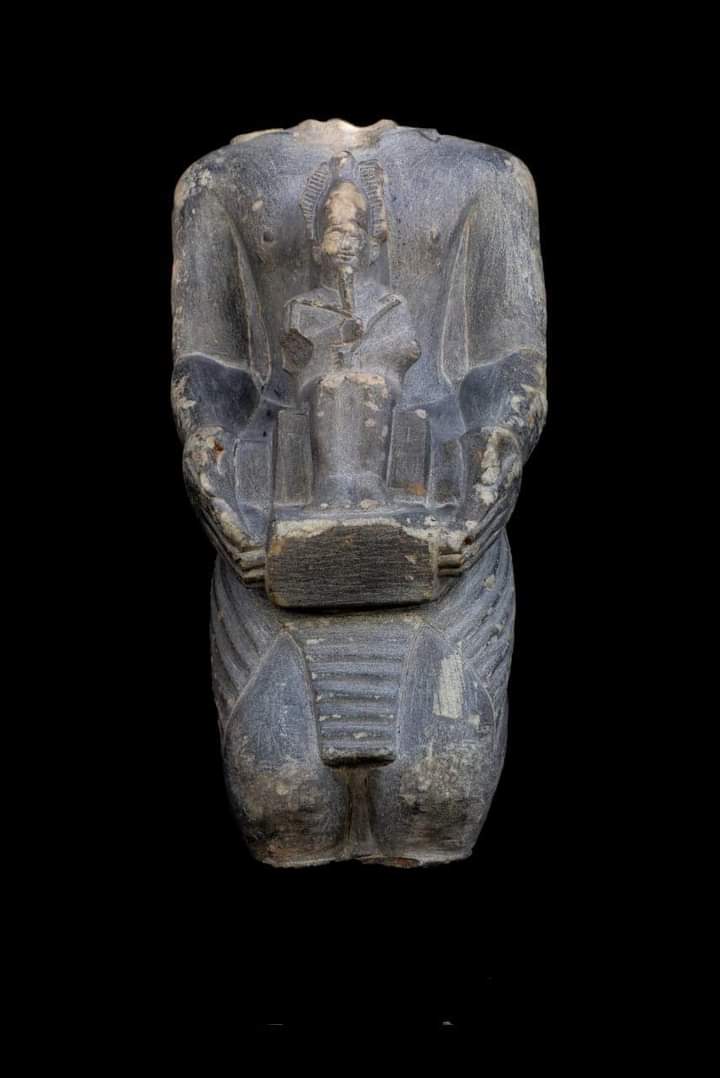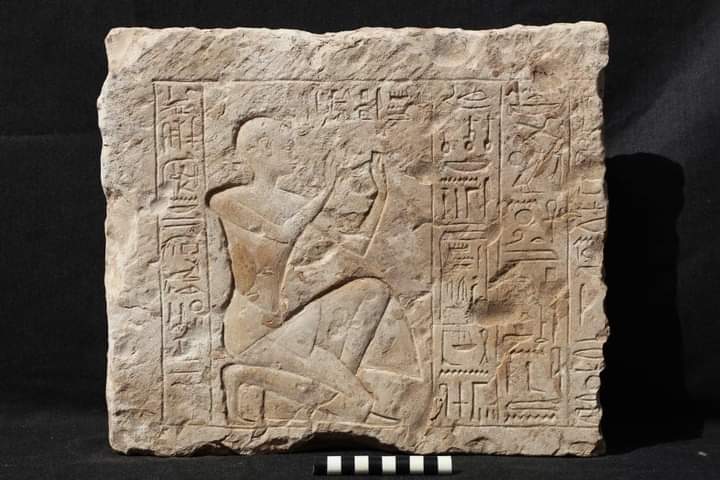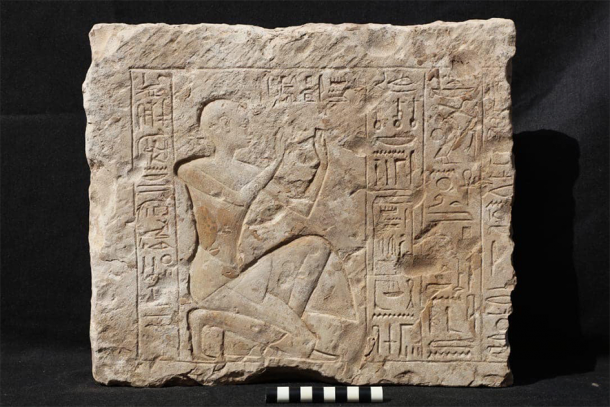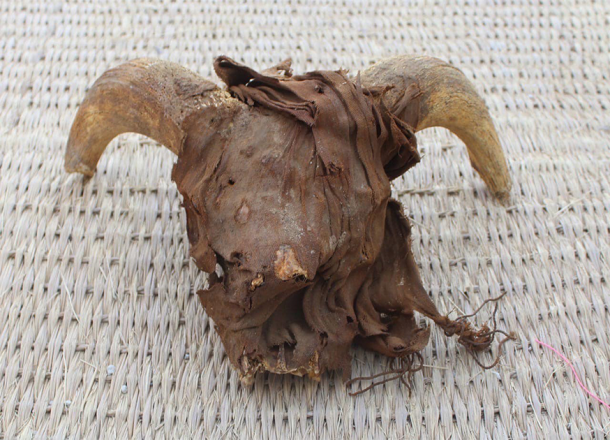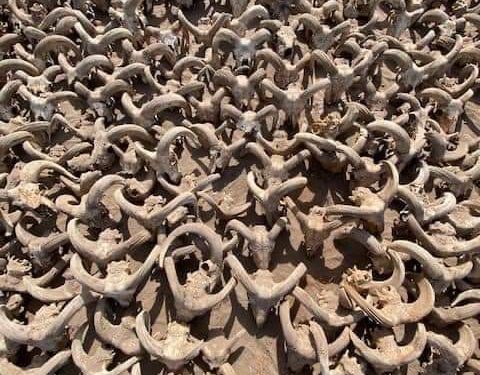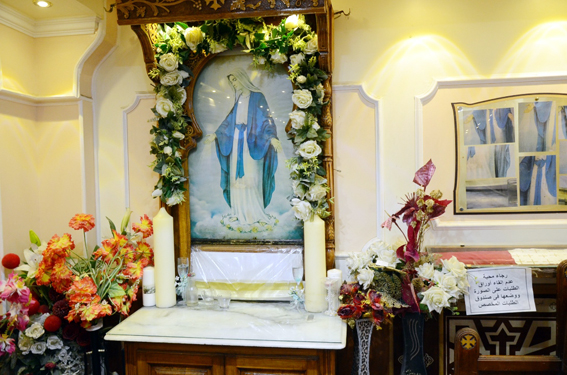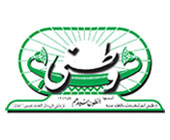An American archaeological mission belonging to New York University’s Institute for Study of the Ancient World, and working in the area of the Temple of King Ramses II in Abydos, south of Egypt, has unearthed more than 2,000 mummified and decomposed ram heads dating to the Ptolemaic era (332BC – 30AD). The mission also discovered a huge palatial structure that dates back much earlier in time, to the Sixth Dynasty (2323 – 2150BC).
Mustafa Waziri, Secretary-General of Egypt’s Supreme Council of Antiquities (SCA), said the discovery had special significance, given that it reveals that the Abydos temple area has thrived for over 200 years, from the 30th to the first BC centuries. It also indicates that Ramses II, one of Egypt’s mightiest and most brilliant Kings who was also known as Ramses the Great, continued to be revered for some 1000 years after his death.
The mummified rams heads, Mr Waziri said, could indicate the rams were used as votive offerings. Other mummified animals including goats, dogs, wild goats, cows, deer, and an ostrich were also found in a newly discovered storeroom within the northern area of the temple.
As to the Sixth Dynasty palatial structure discovered, Sameh Iskandar who heads the archaeological mission said that it boasted a unique architectural design that featured five-metre-thick walls. Archaeologists indicated that this building will lead to a re-evaluation of the activities and architecture of Abydos, as well as the nature of the activities that took place before Ramses II established his temple.
According to Muhammad Abdel-Badie, head of the SCA’s central administration of Upper Egypt Antiquities, the mission also uncovered parts of the northern wall surrounding the Temple of Ramses II, adding thus new knowledge to the’ understanding of the site since it was discovered some 150 years ago.
They also found parts of statues, remains of ancient trees, garments, and leather shoes.
The mission will continue their excavation work on site to uncover more about the history of the site and study and document what has been uncovered during the current excavation season.
Watani International
26 March 2023
